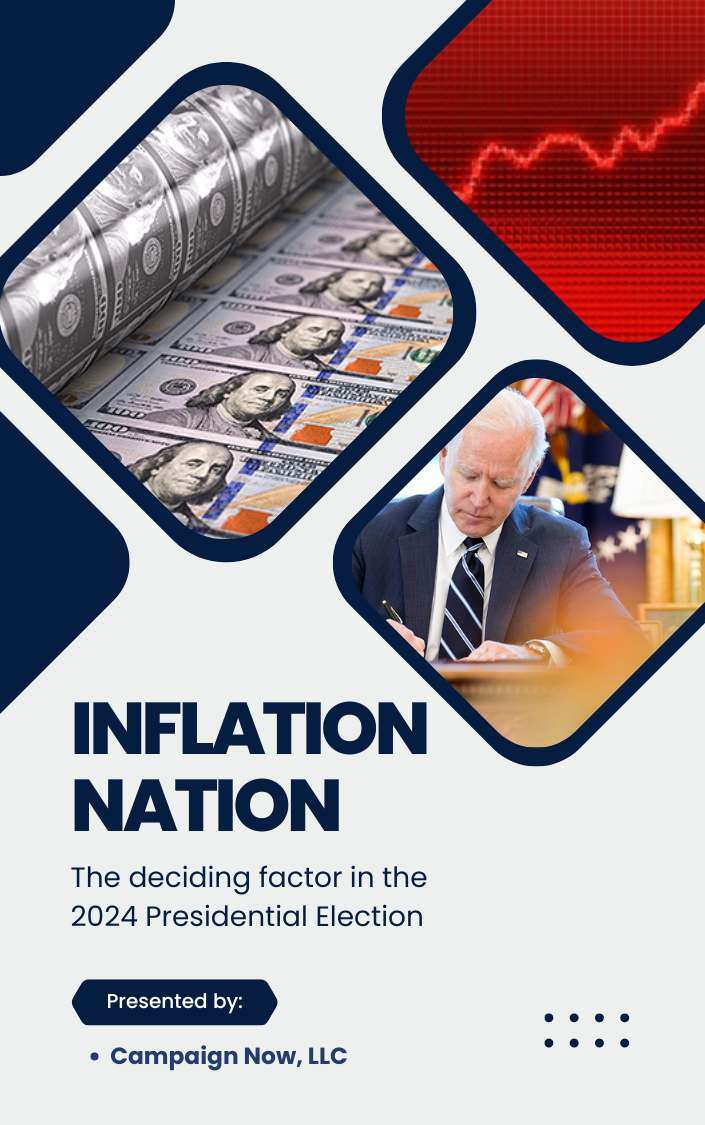A boon for campaigns or a threat to fair elections?
What to know:
-
Door-to-door canvassing is not considered “general public political advertising” under FECA.
-
Sharing canvassing data below market value is still classified as an in-kind contribution.
-
Organizations must implement internal firewall policies to separate canvassing from other communications.
-
28 states have stricter campaign finance laws that still apply despite the federal ruling.
-
Over $1 billion from third party groups has been funneled into federal elections since 2010.
-
$750 million in dark money was spent in the 2020 election cycle.
In a significant decision on March 20, 2024, the Federal Election Commission (FEC) made a ruling that may reshape how political campaigns collaborate with outside groups.
The advisory opinion, prompted by Texas Majority PAC (TMP), concluded that door-to-door canvassing is not considered “general public political advertising” under the Federal Election Campaign Act (FECA).
This seemingly technical distinction could drastically impact campaign strategies, especially when it comes to data sharing and coordinated efforts with independent groups.
Decoding the FEC’s Decision: A Shift in Campaign Finance Law
At the heart of this ruling is the FEC’s redefinition of “general public political advertising.”
Then: Traditional Media Advertising
Now: Grassroots Canvassing
|
Historically, campaign spending coordinated with a candidate or political party and involving mass communication was considered an in-kind contribution, subject to strict regulations. However, the FEC’s new advisory opinion draws a line between traditional media advertising and grassroots canvassing, treating canvassing differently due to its personal, one-on-one nature.
Key reasons behind the ruling include:
-
Personal Communication: Canvassing focuses on face-to-face interaction rather than mass media, making it distinct from broad public messaging.
-
Controlled Outreach: Canvassers typically target specific voters directly rather than broadcasting to a pre-selected audience, as is the case with paid media platforms like TV or online ads.
The Double-Edged Sword: Empowerment or Exploitation?
This ruling has ignited a vigorous debate within the political and legal communities. Proponents argue that it represents a substantial victory for grassroots campaigning, heralding a new era of collaboration between smaller campaigns and outside organizations. By removing some of the regulatory constraints traditionally imposed on campaign finance, the ruling is seen as an opportunity to level the playing field.
The Benefit: Encouraging Local Initiatives
Supporters believe the FEC’s decision will benefit smaller campaigns and grassroots groups by offering more flexibility to collaborate without the restrictive burden of traditional campaign finance regulations. Canvassing has historically been one of the most effective grassroots methods to engage voters, with studies indicating that face-to-face contact increases voter turnout by 7 to 10% compared to other forms of outreach.
By easing the regulatory framework, smaller campaigns may now have the opportunity to compete on a more level playing field with better-funded organizations. The FEC’s decision to distinguish canvassing from general public political advertising further allows these groups to allocate resources more efficiently, fostering greater participation and engagement in the political process.
As canvassing is also less expensive than digital or television advertising, this could dramatically enhance voter outreach efforts, particularly in low-budget, community-based campaigns.
Drawbacks: Inadequate Funding for Political Campaigns?
However, critics worry that this exemption could undermine transparency in campaign finance. Independent groups, many of which are classified as 501(c)(4) organizations and not required to disclose their donors, could exploit this ruling to expand their influence on elections.
Currently, over $1 billion has been funneled into federal elections since 2010, with these groups wielding significant power over political outcomes. The fear is that canvassing operations could serve as a loophole, allowing wealthy donors to indirectly support campaigns without triggering in-kind contribution regulations, thereby weakening public accountability. In the 2020 election cycle alone, $750 million was spent, raising concerns that this exemption could exacerbate the problem by offering another avenue for undisclosed contributions.
Guidelines for Campaigns: Ensuring Compliance
Despite the benefits of this ruling, campaigns and outside organizations need to tread carefully. The FEC’s decision provides opportunities but also comes with clear guidelines to prevent misuse.
-
Data Sharing Restrictions: Any data collected through coordinated canvassing cannot be shared with a candidate or party at below market value without it being considered an in-kind contribution.
-
Firewall Policies: Organizations engaged in both canvassing and other forms of public communications (like advertising) must implement strict internal barriers to prevent the flow of campaign-related information across activities.
-
State Laws: While the FEC ruling applies at the federal level, many states have stricter rules regarding campaign coordination. Campaigns must remain vigilant to ensure compliance with local regulations.
Wrap Up
The FEC’s decision marks a turning point in the world of campaign finance. While it offers new avenues for campaigns to engage voters through coordinated canvassing, the ruling also raises important questions about the future of election transparency. As campaigns explore the opportunities created by this decision, they must remain cautious of the legal nuances and the need for accountability to avoid eroding the integrity of elections.




